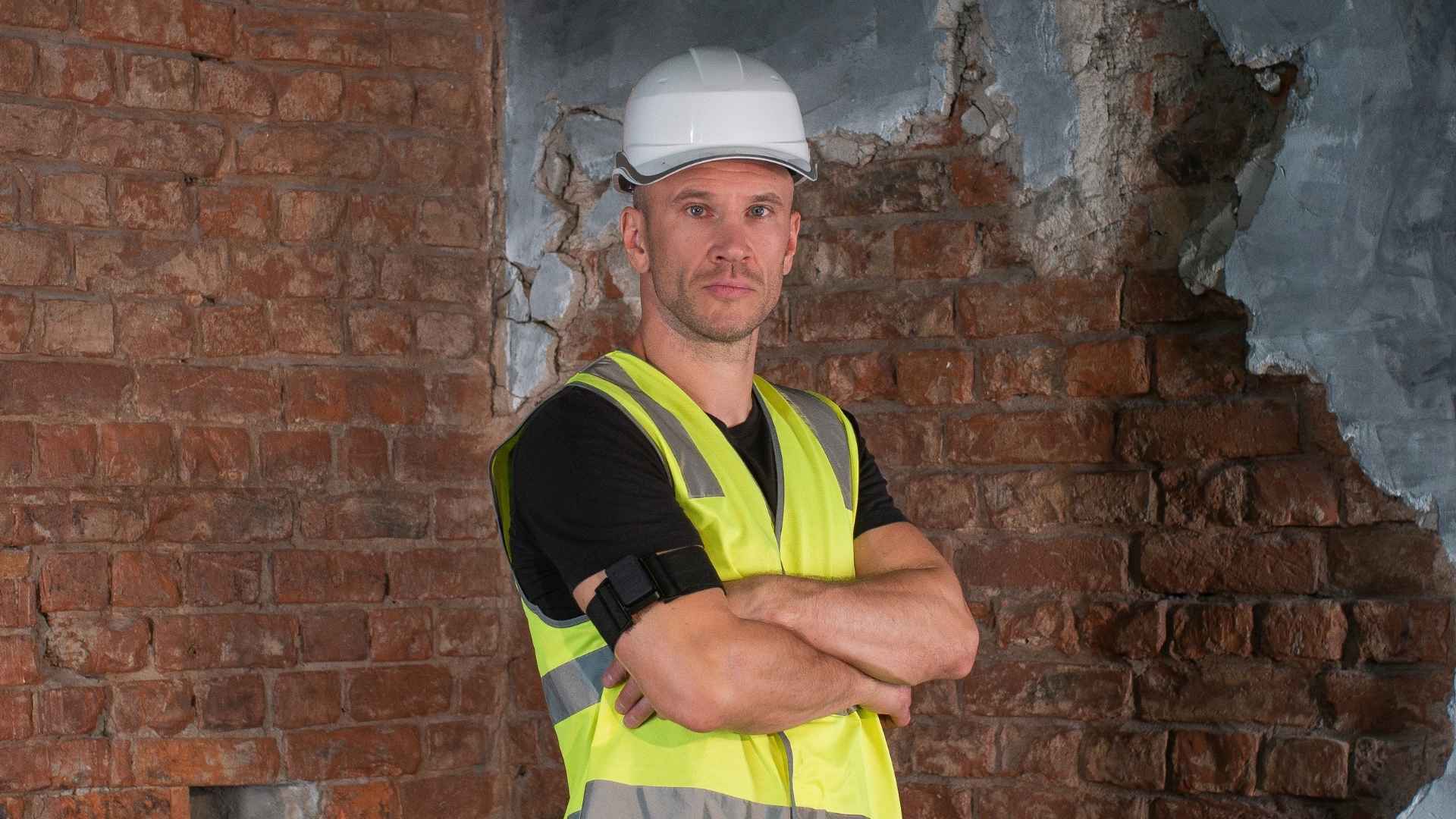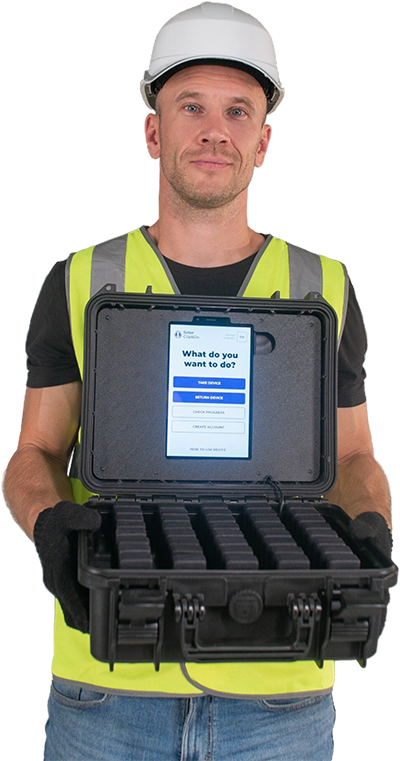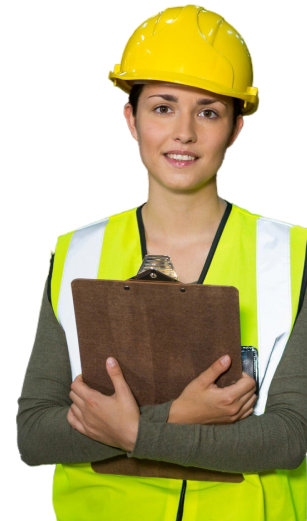Wearables for Injury Prevention: Evidence of the Benefits of Short & Long-term Use
Proof of how leading companies around the globe are weaving wearables into their processes and gaining clear injury prevention metrics.

Proof of how leading companies around the globe are weaving wearables into their processes and gaining clear injury prevention metrics.
Tara is a theatre orderly at a hospital in Perth, Australia. Every shift she puts on an arm strap with a device attached that collects information about her shoulder movements throughout the day. The device alerts her if she is at risk of injury or strain when certain accumulative thresholds have been met. It’s calibrated using international standards based on epidemiological studies pertaining to movements that lead to increased risk of injury.
Andy is a meat packer in the refrigerated meats department at a large supermarket chain in the US. Each shift he collects a device from a docking hub, scans it and checks his movement activity from the day before to see where he needs to improve, and then clips it to his collar for his shift. Today he is working on reducing his number of back twisting postures. The device has helped him understand where and what time he usually performs high-risk movements and assists his correction.
Troy is a warehouse picker packer at a leading distributor of building materials in the UK. Every 3 months his employer hands him a small wearable device that monitors his back posture throughout the day. The device alerts him to re-position himself if he is in a compromised posture or performing a faulty movement. It helps him understand his movements and avoid injury or pain at the end of his shift.
These scenarios, although fictitious, are a realistic insight into how organizations around the world are weaving wearable technology into their ergonomic processes. Solutions to assist workers to learn more about their movements, understand them, and help reduce their risk of injury – permanently.
What these organizations do know however is that the technology is not a panacea. Like cheese is to wine, wearable technology is a fantastic accompaniment to existing safety strategies, not a complete meal. Musculoskeletal injuries in the workplace are a complex problem that require multi-pronged programs and interventions from both humans and technology. One mistake that is made when using wearable technology for safety is to believe it is your answer to all pain points. Newsflash. It’s not.
As the shift into industry 5.0 suggests, the idea is to benefit from the union of human and machine and with both forces joined, have the superpower to make a difference and save lives. Using wearables for real-time feedback to assist workers to self-correct their movements and simultaneously taking data from the real world and decoding it in the virtual world to provide answers and give actionable information. The variety of statistics received from the data is endless, from simply revealing where risk lies, right through to psychosocial barriers. The key is, like every marriage, for it to work, both parties need to do their part. You need the right creative people assisting and able to work the data in ways that highlight, approach, utilize and interpret from different angles, as well as workers keen to change their behavior and collaborate to find solutions.
When used to full potential, there is no end to the benefits of wearables and the data they collect. Like the gift that keeps on giving, the more you understand their possibilities the more the innovation can assist you in finding new pathways to reach safety goals.
Case Studies
The practice of using industrial wearables for injury prevention has now been implemented and deployed by multiple organizations across the globe for extended periods. According to ergonomists, to calculate ROI from an ergonomics program, meaningful and feasible results can be counted mostly after three years.
Here, Soter Analytics presents strong evidence for the use of wearable technology and data analytics to reduce injury risk in industry for periods from one to three years. Used by health and safety professionals in collaboration with industrial workers, to assist in identifying unhealthy movement patterns, risky tasks, or environments and using cleverly extracted data-driven reasons for making investment into training, automations or engineered solutions.
The wearable technology solutions by Soter Analytics were first implemented in 2018 within BSS Industrial, UK market-leading distributor of pipeline and heating solutions. Now, more than three years on, not only has the technology increased the safety culture of the company by developing the trust of the workers in transferring the responsibility of safety into their hands, the company has also seen on average a 41% injury risk reduction. Showing continual improvement, initiating with an injury risk reduction of over 25% in the first year and increasing to 34% this year so far, conducting around 1000 programs. That is a continual reduction of approximately 720,000 movements per year that have the potential to cause injury.
St John of God Subiaco Hospital is a world class private hospital in Perth, Western Australia offering the highest quality medical and surgical care. They initially deployed the technology in 2019 and the results have proven a steady decrease in injury risk for workers. With the use of the Soter wearables building awareness and encouraging caregivers to change their manual handling technique through real-time feedback leading to long-term changes in movement, reducing workplace injury.
Giant Eagle is one of the top 75 North American food retailers, with 32,000 employees, operating 474 stores, and is the 32nd largest privately held company in the US. They began over 4 years ago, implementing the Soter wearables back in 2018 and have continued to decrease their risk of injury through consistent biofeedback training from the devices and using data-driven metrics to effect controls. Their average ratio for correcting the posture of associates each year since 2018 has shown results anywhere from 22% right up to 46% improvement.
Kenco is the largest woman-owned fully integrated logistics provider in the United States. The family-owned company manages 90-plus facilities, serving over 200 clients across a wide range of industries. Carefully compared with other wearable technologies on market for musculoskeletal safety, in January this year the Soter Clip&Go program was chosen as the best fit for their organization. In the physically demanding warehouse environment, the associates used the technology to assist them to bend, move, and lift safely, leading to a 22% reduction of hazardous movements.
Using Technology for Hazard Identification
Hazard identification is not an easy process. Hazardous behaviour varies from person to person, and the number of potential hazards depend on the task and working conditions. In the case of a repetitive and highly variative job it is hard to objectively perform risk assessments. It requires significant time and observation and analysing the data. Moreover, data received for one worker can’t be scaled to all the workers due to individual differences in behaviour and movement patterns. Using wearable technologies has opened a new era in hazard identification, enabling assessment of the task via automatizing the use of standard observational tools. They monitor the worker’s “at risk” movement patterns and safety, generating more objective and actionable data in one day than what a large team of ergonomists would possibly gather over weeks.
The use of technology and its collaboration with existing processes and yielding clever data driven techniques is an update on outdated and inaccurate ergonomic assessment. Combined with a consistent and engaging approach to manual handling without the loss of time to a classroom, allows on-site ergonomists to deploy their time to solving problems rather than trying to find them, increasing the safety of workers.
About Soter Analytics
Soter Analytics is a global safety science company producing AI-supported wearable solutions that reduce the risk of ergonomic injuries in the workplace. Soter wearables are widely used in logistics, manufacturing, healthcare and other industries, helping leading companies to prevent up to 55% of back & shoulder musculoskeletal injuries.
To see how Soter Analytics can help you improve safety behaviour, engage employees to self-manage their training and prevent workplace ergonomic injuries, simply Book a FREE Demo today.


